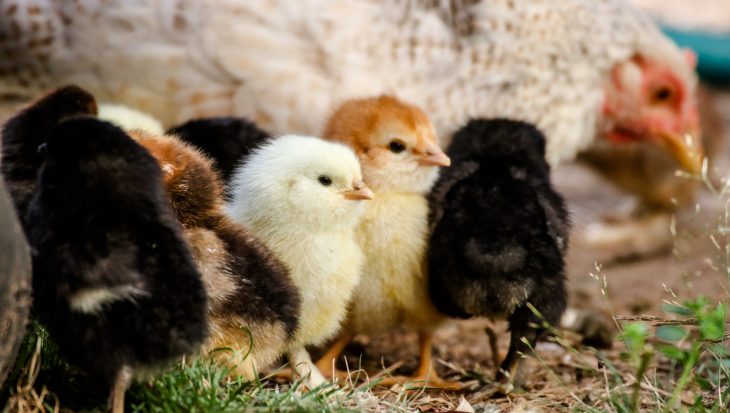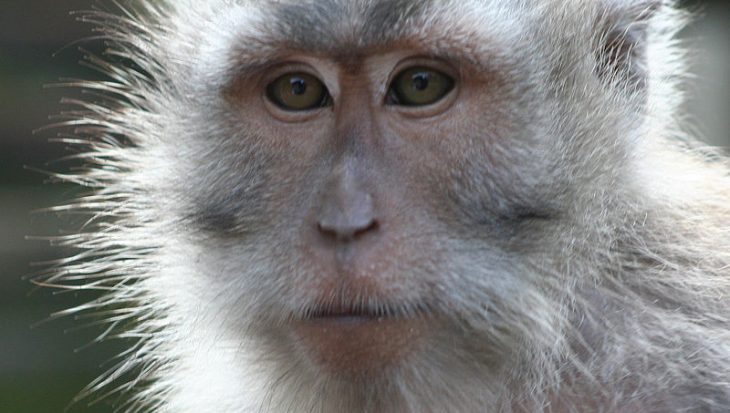Forty-eight horses have been killed as a result of racing at Cheltenham since March 2007. This was when Animal Aid launched Race Horse Deathwatch – its online database that records horse fatalities on British racecourses.
Most years since the launch of Deathwatch, Cheltenham has seen more equine fatalities than any of the other 57 British venues. The new Animal Aid report, published just one week before the four-day Cheltenham Festival, is based on an in-depth assessment of 733 races held on 110 race days at the Gloucestershire course, since March 2007. For comparison purposes, the report also analyses equivalent data from Hexham Racecourse. Hexham was chosen because of its similar topography, course length, test of stamina and other common factors. In 594 races held on 90 days at the Northumberland course, there were seven deaths.
The disparity is all the more stark given that Cheltenham hosts a number of high-profile, prestigious events that attract what the industry rates as better quality horses than those drawn to Hexham. Yet those horses die in far greater numbers than the more modestly regarded Hexham mounts.
Statistically speaking, horses were four times more likely to die at Cheltenham than at Hexham during the six-year study period. For Novice Chasers, there was a nearly five-times greater risk of death.
The Animal Aid report, entitled ‘Why more horses die at Cheltenham than at any other racecourse’, found that horses ridden by Amateur and Conditional jockeys were especially vulnerable, as were those entered into races over longer distances (2.5 miles and further). Unexpectedly, the middle section of races presented the greatest risk to horses.
Says Dene Stansall, Animal Aid Horseracing Consultant:
‘Race Horse Deathwatch was launched in the first place because of the appalling scenes witnessed at the 2006 Cheltenham Festival, when no fewer than 11 horses perished – six in one day.
‘The British Horseracing Authority, as the regulatory body charged with looking after horse welfare, should long ago have analysed and made public the reasons why so many horses die at Cheltenham – and taken decisive remedial action.
‘It is due to that omission that Animal Aid carried out its new analysis. The regulator must act now, and government has the responsibility to ensure that it does so. We are in no doubt that the public regards the continuing carnage at Cheltenham as immoral and shameful. Business as usual is not an option.’
Notes to Editors
- For further information and interviews, contact Dene Stansall or Andrew Tyler on 01732 364546
- Read the new report

